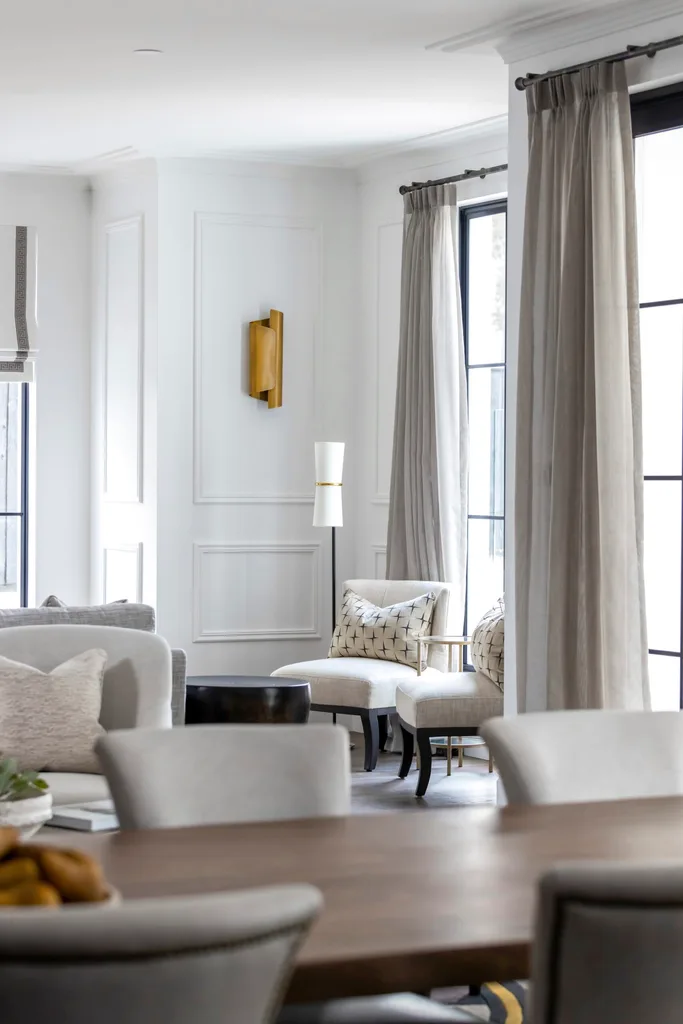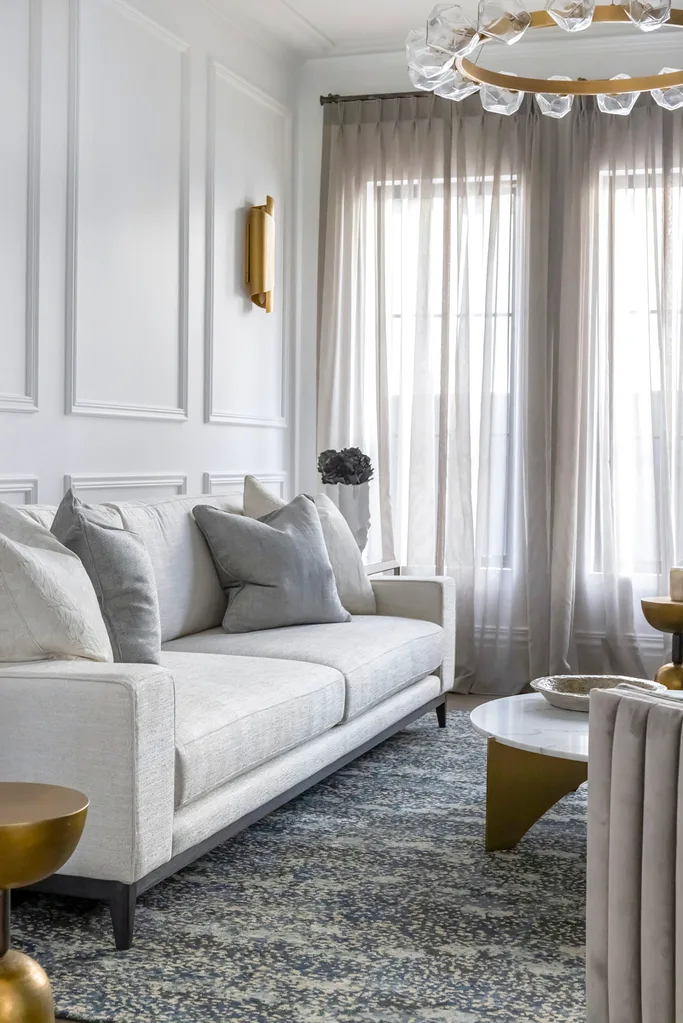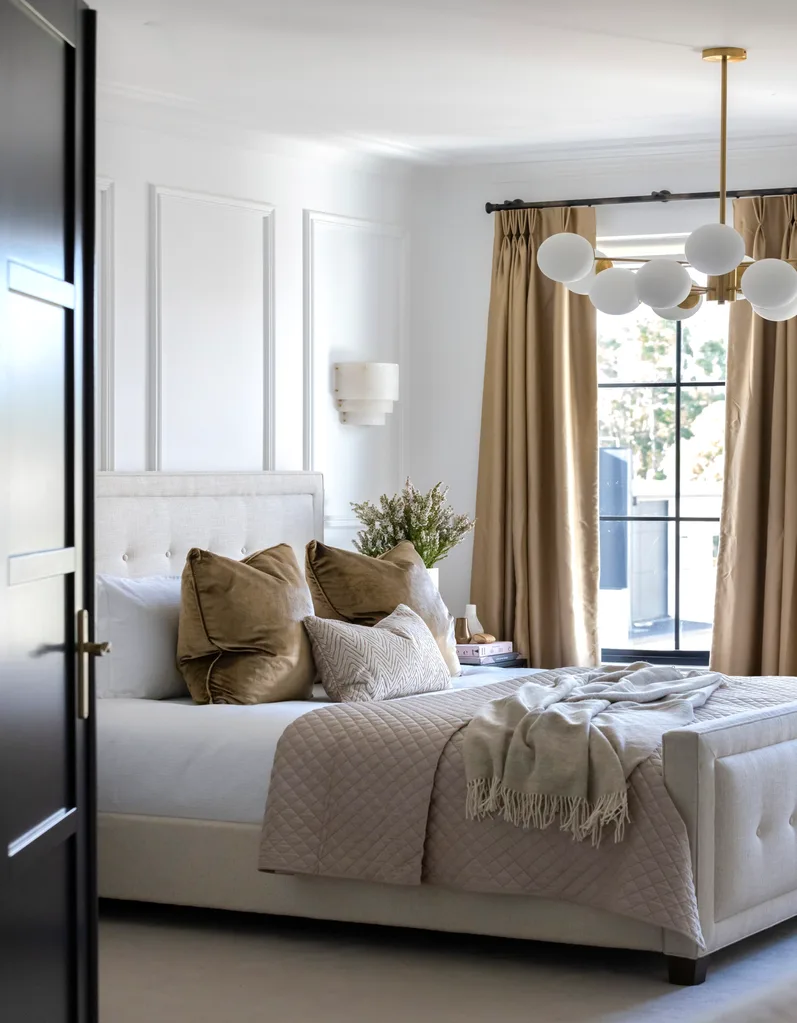For many of us, using a builder and architect for a new build or renovation is a no-brainer, yet an interior designer can feel like an extravagance. The difference made by enlisting this missing piece of the puzzle from the get-go is significant. “We solve design challenges, optimise practical spaces and provide expert advice, all while adding value to your home,” explains Maudie Ruehl, senior interior designer at Coco Republic. An interiors expert will help you choose everything from finishes to furniture for the most cohesive and exciting result. Wondering how to begin?
Most interior designers start with an initial consultation. Coco Republic offers a range of interior design packages, as well as a 60-minute complimentary service. “It’s here that we understand your vision,” says Maudie. After discussing likes, dislikes, styles and trends, your designer can start planning.

How to choose furniture and finishes
“Creating a physical mood board is essential for designers to guarantee that all textures, materials and colours work harmoniously together,” shares Maudie. A designer will also help clarify the purpose and functionality of each room to determine the right layout and furniture sizes. Next, comfort, finishes and shape are considered. “In high-traffic areas, durable fabrics with a high rub rating and easy-to-maintain surfaces are crucial,” says Maudie. “Comfort is subjective – what feels plush to me may not suit the client. It’s important for them to test and try furniture pieces, especially those used daily.”

This two-storey new build on Sydney’s Upper North Shore features cabinetry in rich Dulux Domino in the media room, with a custom Tappeti rug and Coco Republic bowls and vases adding textural details to the space. Maudie likes to choose three main colours for her projects, which is what she did in this Sydney home. “I start with a dominant colour, add a subtle contrast, then an accent shade.”

How to layer lighting in the home
Main, accent and task lighting is decided during the layout planning stage. “Placement of lighting influences where furniture and other decor pieces should be positioned. By integrating the different lighting types, you can create a well-lit, functional and visually appealing home,” says Maudie. “Table lamps are essential in bedrooms, lounges, and entryways. They should be placed on either side of the main furniture pieces, such as beds, sofas and consoles.”

Adding the final touches
Adding unique items at the final decorative stage evokes character and is essential in transforming your home into an extraordinary one. “Decor pieces are the jewellery of an interior space,” says Maudie. “Accessories such as vases, sculptures and coffee table books help personalise the environment, while soft furnishings such as cushions and throws add texture, enhancing a room’s overall warmth.”
“Floor lamps add height and draw the eye upwards, making the space feel larger and more open.”
Maudie Ruehl, Interior Designer

“Whether in a bedroom or living area, cushions transform the look and feel of a room, adding sophistication,” says Maudie. “They’re one of my favourite elements to add at the end of the process to enhance a space.”
Designer’s tip

This article originally appeared on Home Beautiful and is republished here with permission.







